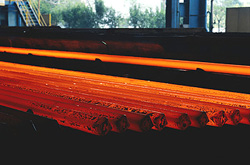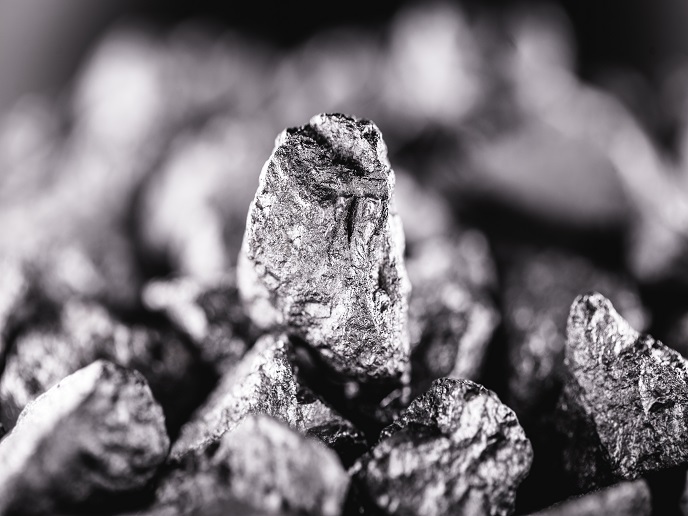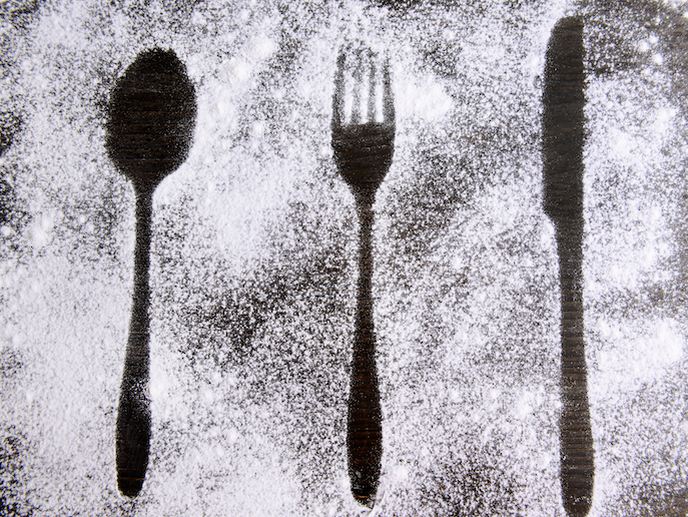Investigating and modelling steel formation
The metallurgical theories upon which the software is based, chiefly apply to the formation of microstructures and morphologies in steel making. The project team have been successful in predicting cellular and dendritic morphology, as well as the way in which microsegregation peaks can drift out of phase during cooling and solidification. The researchers also carried out experiments, using techniques such as confocal laser scanning microscopy and dilatometry, to investigate directly kinetics and microstructures in steel formation. In experiments on different kinds of steel the team have produced results on the formation of ferrite from austenite with implications the phase-field modelling of such phenomena. Where the outputs of software models do not agree with experimental results, insight can be gained into shortcomings of the metallurgical theories themselves and these can then be reassessed and improved. In particular, disparities were found between experimental and simulation data in relation to grain growth, formerly assumed to be smooth, as well as recrystallisation mechanisms and bainite formation. Bainite is a term for the intermediate structures formed from particles as the steel cools. Experiments indicated that two-fold symmetry can be the result in bainite formation, while theories based on diffusion-driven transformation predict that the initial four-fold symmetry should be preserved. Furthermore, while strain induced boundary migration was predicted to be the main mechanism of recrystallisation, the experimenters found that alternatives were much more significant. These results, along with the insight that grain formation is often characterised by episodic, localised bursts punctuating periods of stagnation, will contribute to better understanding of the phenomena. They have a potential for further research in materials science as well as education and practical applications.







